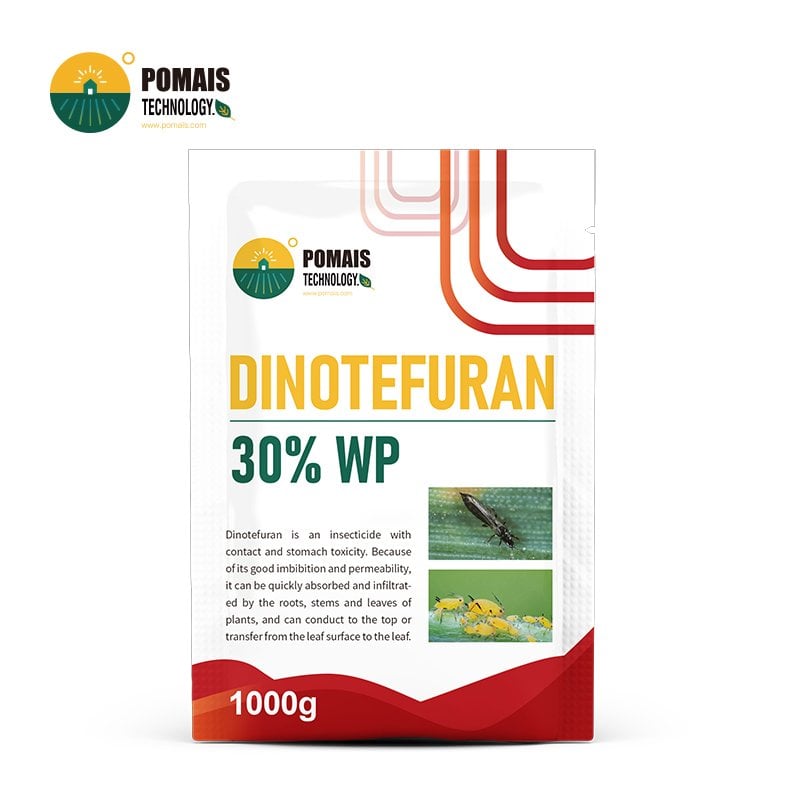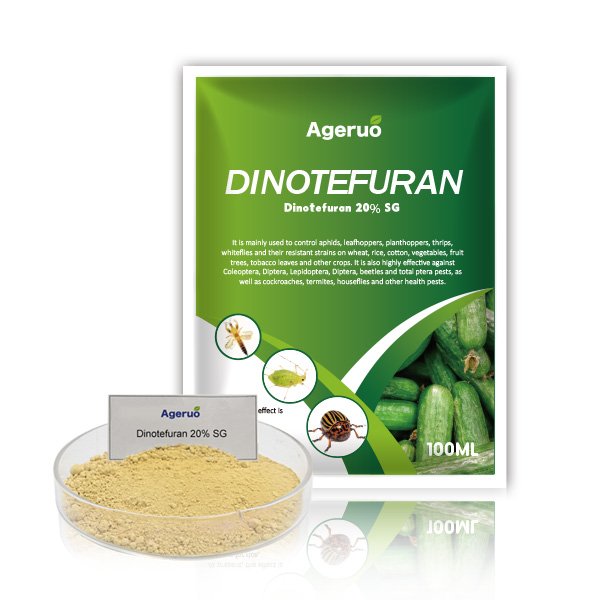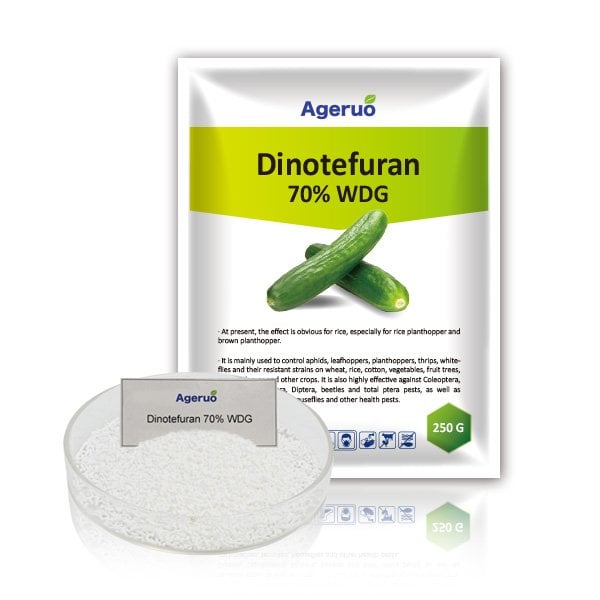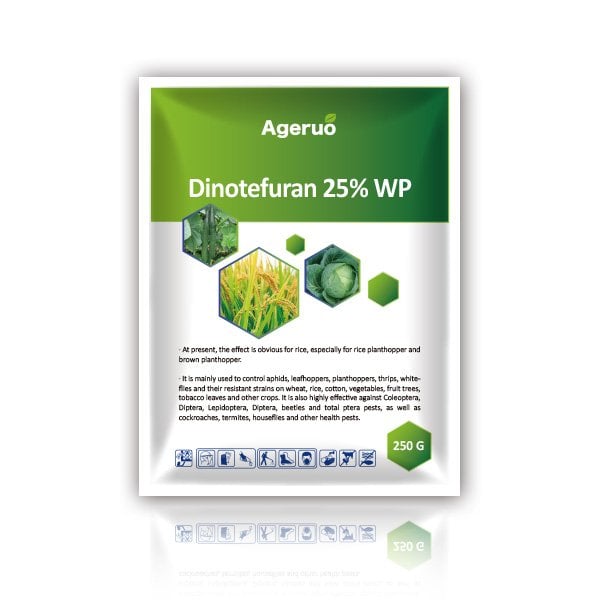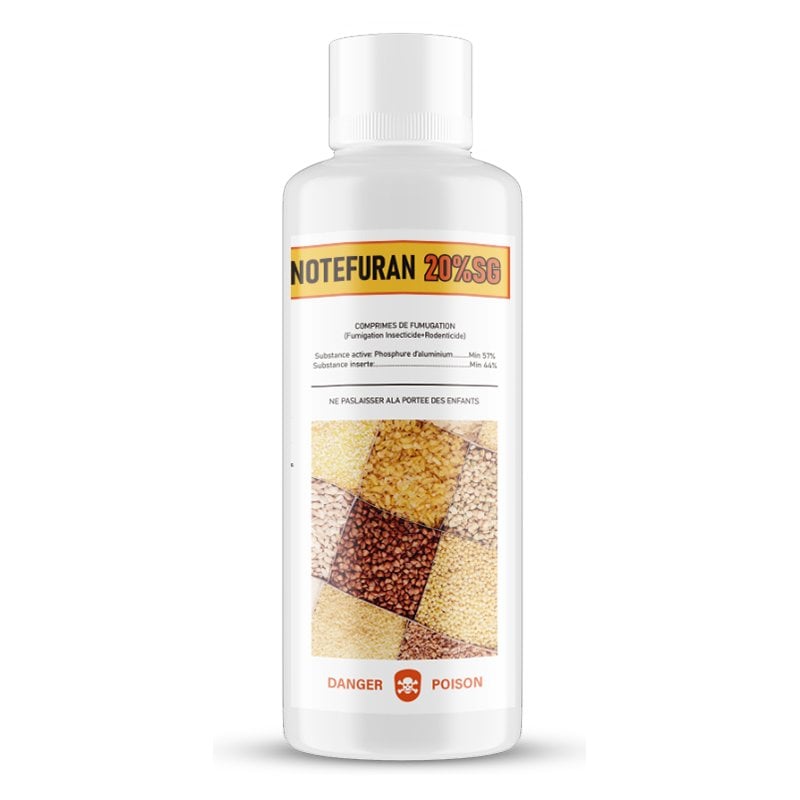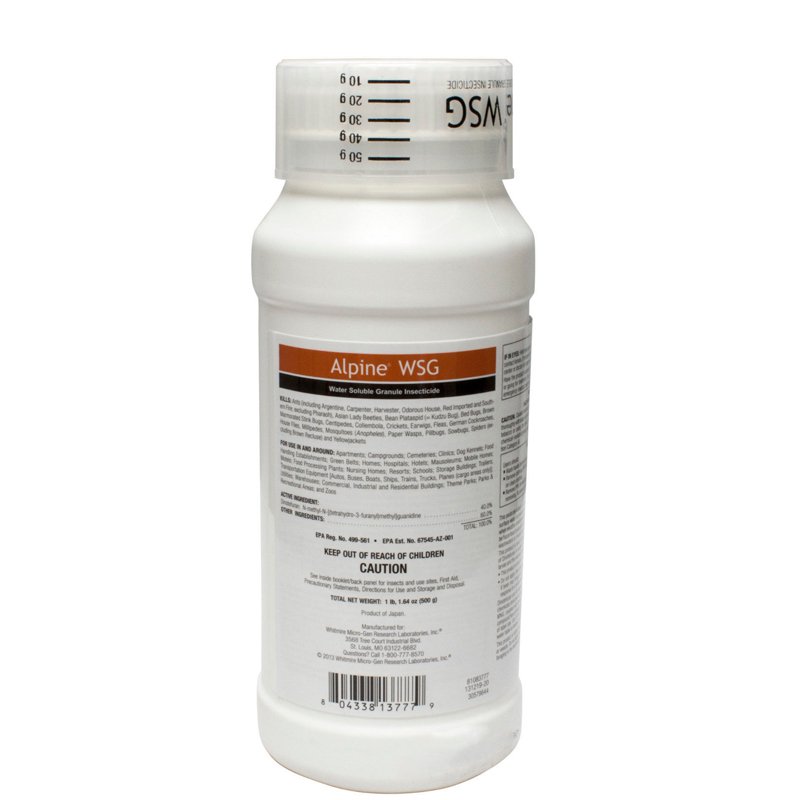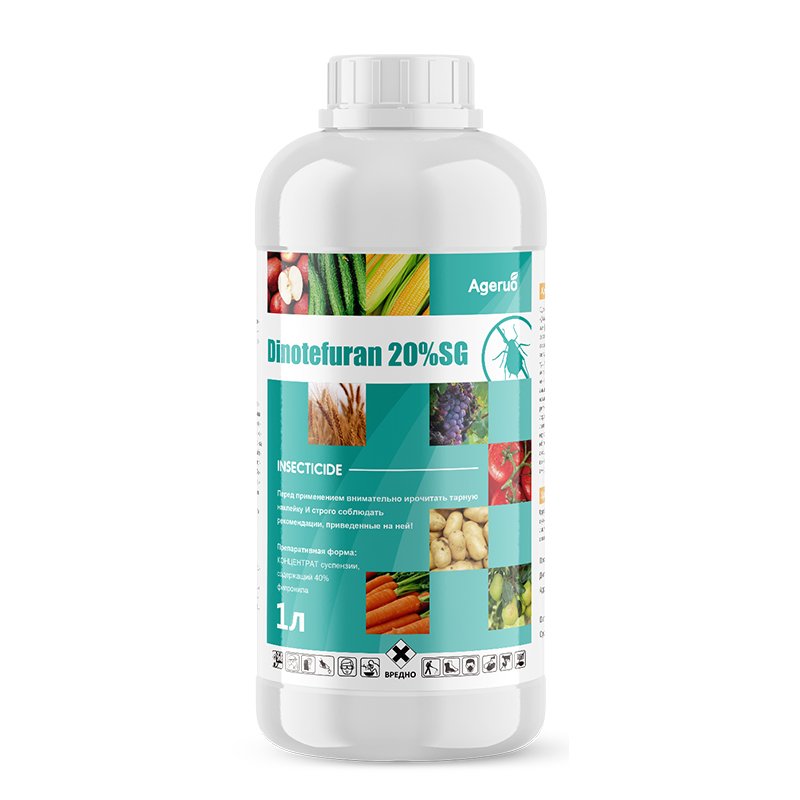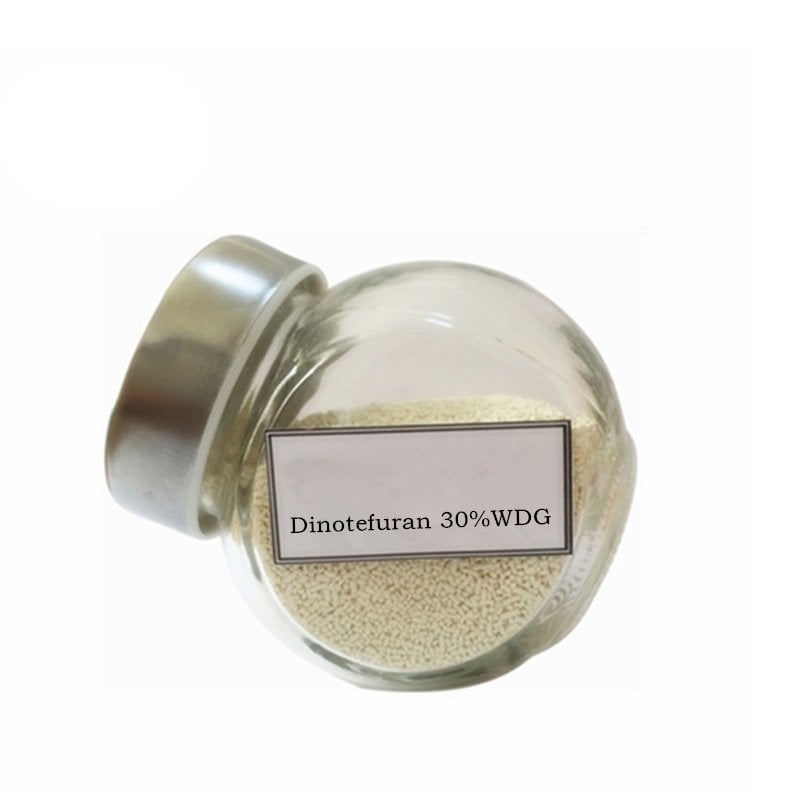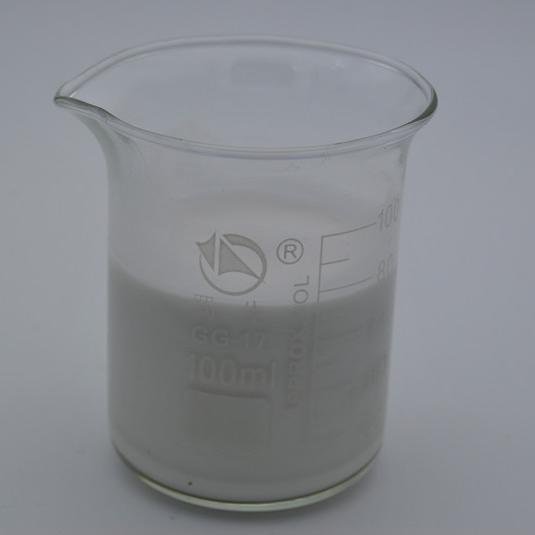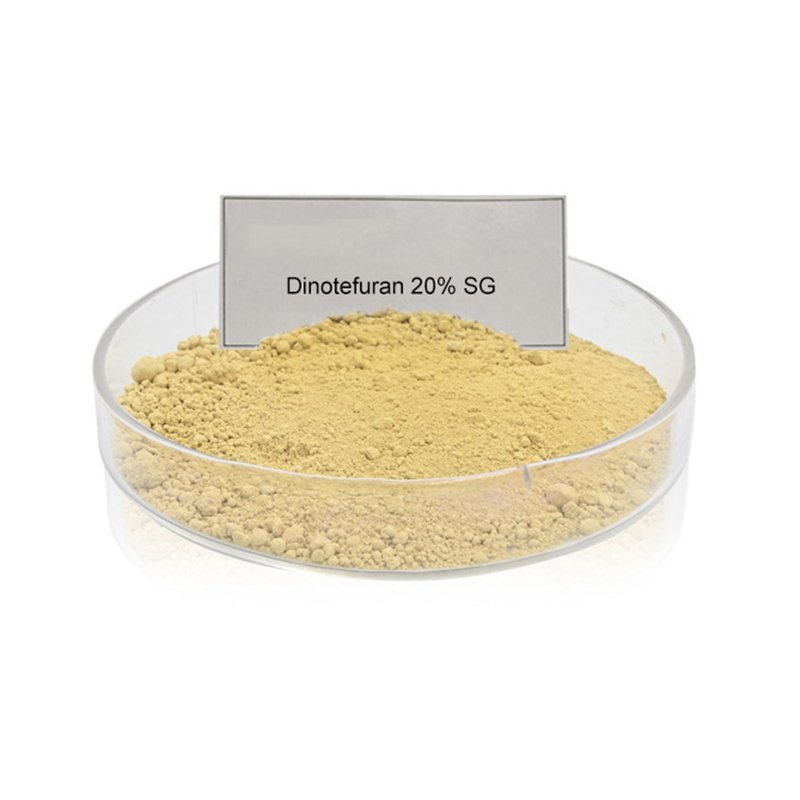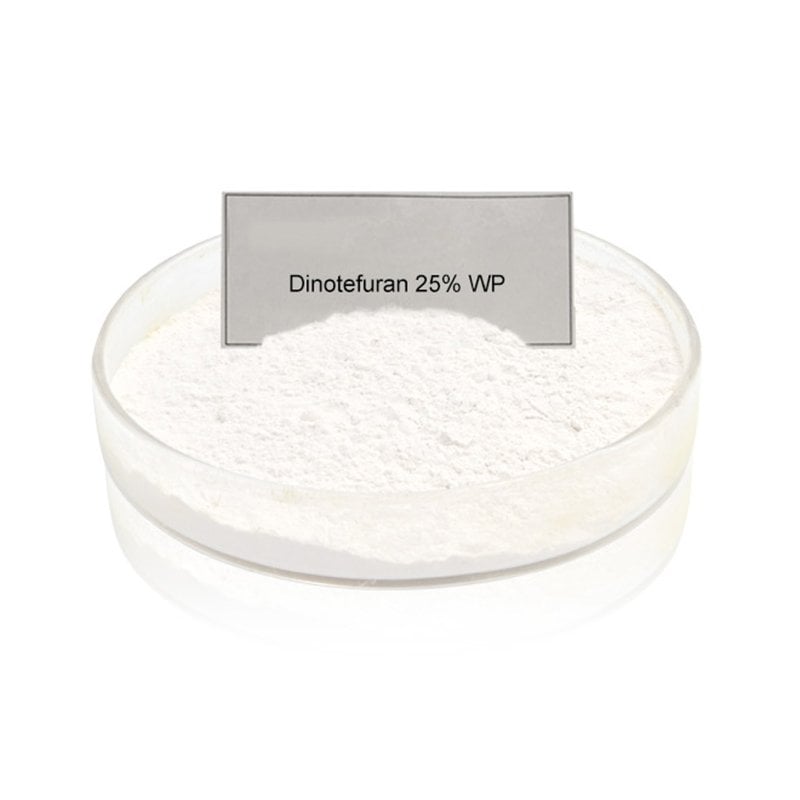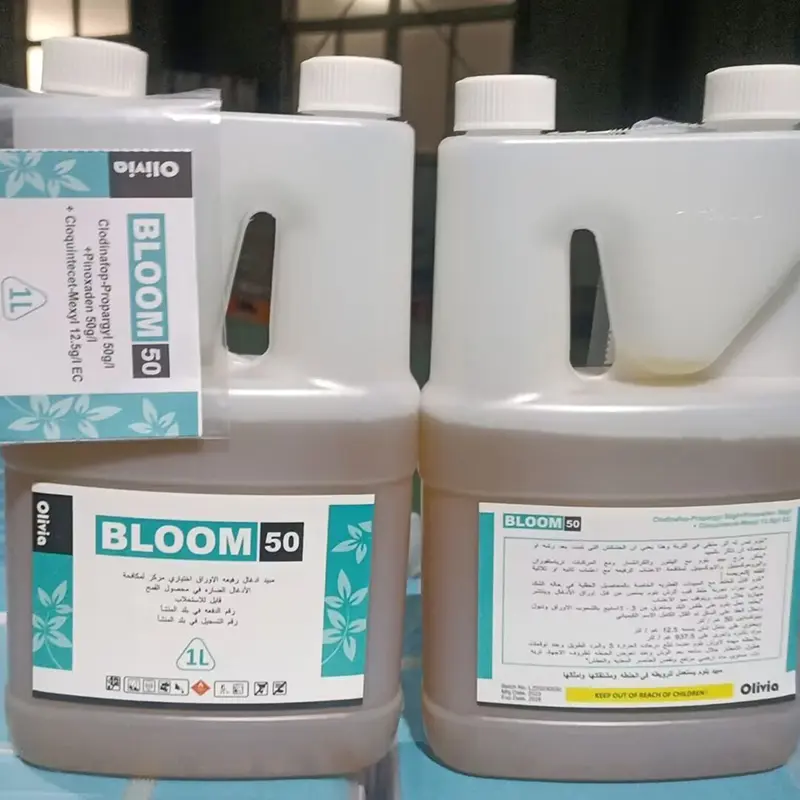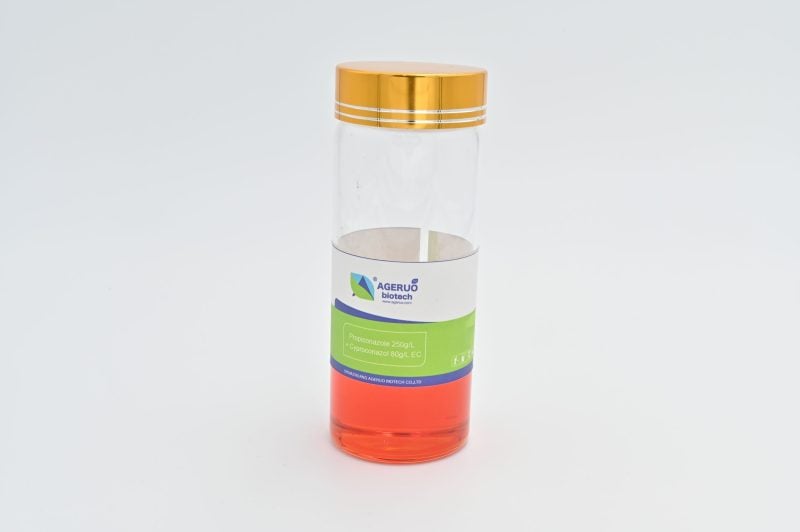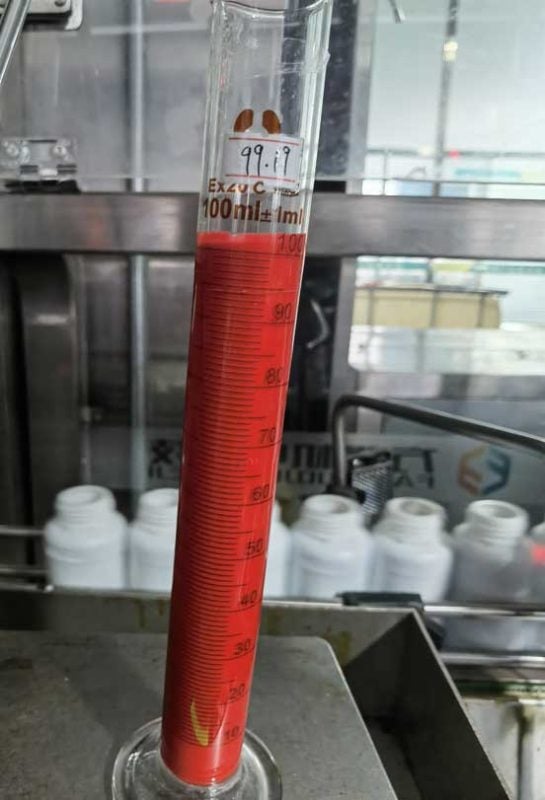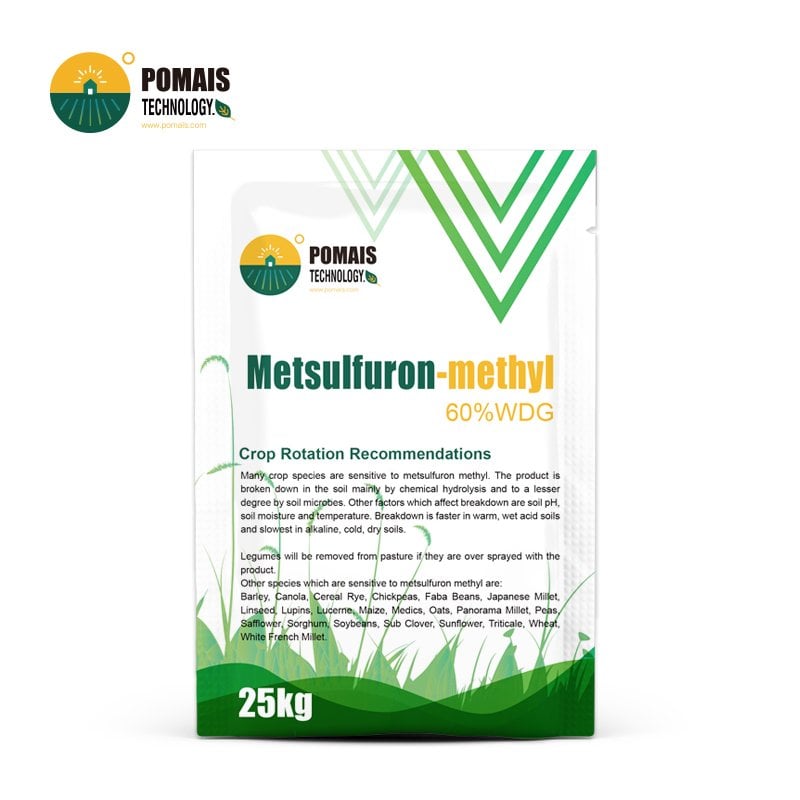Dinotefuran Insecticide | Hemlock Woolly Adelgid Spray
Dinotefuran is a systemic, broad-spectrum insecticide belonging to the neonicotinoid class. It is highly effective against a wide range of sucking and chewing insects, including aphids, whiteflies, mealybugs, and beetles. Its systemic properties allow it to move throughout the plant, providing long-lasting control by targeting pests as they feed on treated plants. It is commonly used in agriculture, landscaping, and structural pest control.
- Designed for Professional Buyers & Bulk Orders
- This product is available for business purchase and large-scale distribution.
- We support custom packaging, labeling, and formulation to meet your market needs.
- Let’s build your brand together.

About Dinotefuran Insecticide | Hemlock Woolly Adelgid Spray
About Dinotefuran Insecticide | Hemlock Woolly Adelgid Spray
| Product Name | Dinotefuran (insecticide) |
|---|---|
| Active Ingredient | Dinotefuran |
| CAS Number | 196463-41-0 |
| Molecular Formula | C11H14ClN5O3 |
| Target Pests | Aphids, whiteflies, thrips, beetles, and other sap-sucking insects |
| Applicable Uses | Vegetables, fruits, ornamentals, and turf |
| Dosage | Typically 0.5-2 lbs/acre; refer to product label for specific rates |
| Mode of Action | Systemic insecticide; acts on the nervous system of insects by binding to nicotinic acetylcholine receptors |
| Common Formulations | SC,SG,WDG,WP,SP,RB,TC |
| Common Concentrations | 200g/L SC, 20%SG, 70%WDG, 20%WDG, 25%WP, 40%SP, 0.5%RB, 95%TC, 98%TC |
| Packaging Types | 1L, 5L, and larger containers for commercial use |
| Product Keywords | Dinotefuran insecticide, Dinotefuran pesticide, Dinotefuran products, Dinotefuran technical, Neonicotinoid dinotefuran, buy dinotefuran, insecticides with dinotefuran, systemic insecticide dinotefuran, agro chemicals dinotefuran technical |
| Company Strengths | POMAIS provides high-quality Dinotefuran formulations for effective pest control, supports OEM/ODM services, and offers competitive pricing and custom packaging solutions |
Our Dinotefuran insecticide is produced under rigorous quality standards in our ISO 9001 certified facilities. We offer customizable packaging and labeling options to meet the specific needs of our clients.
Dinotefuran
Dinotefuran is marketed under the Pomais brand name and can be customized with labeling and packaging design logos, with a variety of formulas to choose from to meet different needs:
20% SC (Suspension Concentrate)
20% WP (Wettable Powder)
20% SG (Soluble Granule)
20% WDG (Water Dispersible Granule)
Additionally, it can be mixed with other active ingredients, such as Dinotefuran 10% + Spirotetramat 10% SC, to enhance its pest control spectrum.
Mode of Action
Dinotefuran acts as a systemic insecticide that is absorbed by plant roots and leaves, moving throughout the plant to provide protection against pests. It binds to nicotinic acetylcholine receptors in insects, causing overstimulation of their nervous system, leading to rapid paralysis and death.
It is highly systemic, meaning it moves throughout the plant tissues, including the leaves, stems, and roots, ensuring comprehensive protection against pests.
Dinotefuran is classified as a Group 4A insecticide by the Insecticide Resistance Action Committee (IRAC), which is the same group as other neonicotinoids.
Target Pests:
Dinotefuran is effective against a wide range of pests, including:
Aphids
Whiteflies
Mealybugs
Leafhoppers
Thrips
Beetles (e.g., Japanese beetles)
Stink bugs
Fleas
It is also used for structural pest control to manage pests like termites, cockroaches, and ants.
Main Applications:
Agricultural Use: Dinotefuran is widely used in crops such as vegetables, fruit trees, and ornamentals to control a range of pests, particularly sap-feeding insects like aphids and whiteflies.
Turf and Ornamental Plants: It is frequently used in landscaping to protect trees, shrubs, and lawns from pests like aphids, whiteflies, and beetles. It is also applied to manage pests that damage ornamentals in residential and commercial landscapes.
Structural Pest Control: Dinotefuran is also employed for controlling termites, ants, cockroaches, and other household pests in buildings and homes.
Public Health: It is used in pest control for fleas and ticks, particularly in pet care products.
Applications
| Crops | Target Pests | Rate/ha | Critical Comments |
|---|---|---|---|
| Vegetables | Aphids, thrips, whiteflies | 200-300 g/ha | Apply as a foliar spray or soil drench for best results. Target pests when populations are low to moderate. |
| Fruit Trees | Scale insects, leafhoppers | 200-300 g/ha | Use preventive applications early in the season to manage pests effectively. |
| Ornamentals | Japanese beetles, spider mites | 150-250 g/ha | Apply to foliage and soil for comprehensive pest control. |
| Turf and Lawns | Chinch bugs, grubs | 200-400 g/ha | For best results, apply during peak pest activity and ensure thorough coverage. |
Benefits
- Fast Acting: Provides rapid control of target insects, often within hours of application.
- Systemic Protection: Protects the entire plant, even new growth, through its systemic action.
- Broad Spectrum: Effective against a wide range of pests, making it suitable for various crops and situations.
- Low Toxicity to Non-Target Species: When used according to label directions, it poses minimal risk to beneficial insects and pollinators.
Related Mixed Insecticides
- Dinotefuran + Imidacloprid: A combination for enhanced control of sap-sucking insects.
- Dinotefuran + Lambda-Cyhalothrin: Provides a broader spectrum of control against both chewing and sucking pests.
Application Rates and Usage
- Vegetables and Fruits: Apply 200-300 g/ha as a foliar spray during early pest activity for effective control.
- Ornamentals: Use 150-250 g/ha for best results, ensuring complete coverage of foliage and soil.
- Turf: For grubs and chinch bugs, apply 200-400 g/ha during peak activity periods.
Always refer to the product label for specific application rates and conditions.
Packaging Options
- Bulk Packaging: Available in 200L drums and 1000L IBC containers for large-scale agricultural use.
- Small Packaging: Available in 1L, 5L, and 500ml bottles for smaller applications.
Dinotefuran FAQ
- What is dinotefuran used for?
Dinotefuran is an insecticide used to control a wide variety of pests, including fleas, ants, and cockroaches. It is commonly used in both agriculture and veterinary medicine. - Dinotefuran application:
Dinotefuran can be applied in several forms, including sprays, granules, and topicals, depending on the target pest and application area. - Dinotefuran for cats:
It is used as a topical treatment for flea control in cats and is generally safe when applied as directed. - Dinotefuran for dogs:
Dinotefuran is often included in combination products for flea and tick control in dogs, applied topically. - Dinotefuran flea control:
It works effectively to kill adult fleas and is often combined with other insecticides to target flea larvae and eggs. - Dinotefuran ants:
Dinotefuran is effective against various ant species, disrupting their nervous system and causing death. - Dinotefuran bed bugs:
It is used to control bed bug infestations, often as part of a comprehensive treatment plan. - Dinotefuran cockroach:
Dinotefuran can be used to kill cockroaches, either as a direct spray or through baiting systems. - Dinotefuran spider mites:
While not primarily intended for spider mites, dinotefuran can reduce populations when used in certain formulations. - What does dinotefuran kill?
Dinotefuran kills a wide range of pests, including fleas, ants, bed bugs, cockroaches, and other insects. - Will dinotefuran kill raccoons?
No, dinotefuran is designed to kill insects, not mammals like raccoons. - Dinotefuran mode of action:
Dinotefuran works by interfering with the insect’s nervous system, specifically targeting nicotinic acetylcholine receptors, leading to paralysis and death. - How does dinotefuran work?
It disrupts the nerve signals of insects, causing overstimulation of the nervous system, which ultimately leads to the insect’s death. - Is dinotefuran harmful to humans?
Dinotefuran can be harmful if ingested or improperly handled, but it poses low toxicity to humans when used as directed. - Is dinotefuran safe?
When used according to label instructions, dinotefuran is considered safe for use in residential and agricultural settings. - Is dinotefuran safe for cats?
Yes, dinotefuran is safe for cats when applied as part of flea control products specifically designed for feline use. - Is dinotefuran safe for dogs?
Yes, dinotefuran is safe for dogs when applied as per the instructions in topical flea and tick control treatments.
| Product Name | Dinotefuran (insecticide) |
|---|---|
| Active Ingredient | Dinotefuran |
| CAS Number | 196463-41-0 |
| Molecular Formula | C11H14ClN5O3 |
| Target Pests | Aphids, whiteflies, thrips, beetles, and other sap-sucking insects |
| Applicable Uses | Vegetables, fruits, ornamentals, and turf |
| Dosage | Typically 0.5-2 lbs/acre; refer to product label for specific rates |
| Mode of Action | Systemic insecticide; acts on the nervous system of insects by binding to nicotinic acetylcholine receptors |
| Common Formulations | SC,SG,WDG,WP,SP,RB,TC |
| Common Concentrations | 200g/L SC, 20%SG, 70%WDG, 20%WDG, 25%WP, 40%SP, 0.5%RB, 95%TC, 98%TC |
| Packaging Types | 1L, 5L, and larger containers for commercial use |
| Product Keywords | Dinotefuran insecticide, Dinotefuran pesticide, Dinotefuran products, Dinotefuran technical, Neonicotinoid dinotefuran, buy dinotefuran, insecticides with dinotefuran, systemic insecticide dinotefuran, agro chemicals dinotefuran technical |
| Company Strengths | POMAIS provides high-quality Dinotefuran formulations for effective pest control, supports OEM/ODM services, and offers competitive pricing and custom packaging solutions |
Our Dinotefuran insecticide is produced under rigorous quality standards in our ISO 9001 certified facilities. We offer customizable packaging and labeling options to meet the specific needs of our clients.
Dinotefuran
Dinotefuran is marketed under the Pomais brand name and can be customized with labeling and packaging design logos, with a variety of formulas to choose from to meet different needs:
20% SC (Suspension Concentrate)
20% WP (Wettable Powder)
20% SG (Soluble Granule)
20% WDG (Water Dispersible Granule)
Additionally, it can be mixed with other active ingredients, such as Dinotefuran 10% + Spirotetramat 10% SC, to enhance its pest control spectrum.
Mode of Action
Dinotefuran acts as a systemic insecticide that is absorbed by plant roots and leaves, moving throughout the plant to provide protection against pests. It binds to nicotinic acetylcholine receptors in insects, causing overstimulation of their nervous system, leading to rapid paralysis and death.
It is highly systemic, meaning it moves throughout the plant tissues, including the leaves, stems, and roots, ensuring comprehensive protection against pests.
Dinotefuran is classified as a Group 4A insecticide by the Insecticide Resistance Action Committee (IRAC), which is the same group as other neonicotinoids.
Target Pests:
Dinotefuran is effective against a wide range of pests, including:
Aphids
Whiteflies
Mealybugs
Leafhoppers
Thrips
Beetles (e.g., Japanese beetles)
Stink bugs
Fleas
It is also used for structural pest control to manage pests like termites, cockroaches, and ants.
Main Applications:
Agricultural Use: Dinotefuran is widely used in crops such as vegetables, fruit trees, and ornamentals to control a range of pests, particularly sap-feeding insects like aphids and whiteflies.
Turf and Ornamental Plants: It is frequently used in landscaping to protect trees, shrubs, and lawns from pests like aphids, whiteflies, and beetles. It is also applied to manage pests that damage ornamentals in residential and commercial landscapes.
Structural Pest Control: Dinotefuran is also employed for controlling termites, ants, cockroaches, and other household pests in buildings and homes.
Public Health: It is used in pest control for fleas and ticks, particularly in pet care products.
Applications
| Crops | Target Pests | Rate/ha | Critical Comments |
|---|---|---|---|
| Vegetables | Aphids, thrips, whiteflies | 200-300 g/ha | Apply as a foliar spray or soil drench for best results. Target pests when populations are low to moderate. |
| Fruit Trees | Scale insects, leafhoppers | 200-300 g/ha | Use preventive applications early in the season to manage pests effectively. |
| Ornamentals | Japanese beetles, spider mites | 150-250 g/ha | Apply to foliage and soil for comprehensive pest control. |
| Turf and Lawns | Chinch bugs, grubs | 200-400 g/ha | For best results, apply during peak pest activity and ensure thorough coverage. |
Benefits
- Fast Acting: Provides rapid control of target insects, often within hours of application.
- Systemic Protection: Protects the entire plant, even new growth, through its systemic action.
- Broad Spectrum: Effective against a wide range of pests, making it suitable for various crops and situations.
- Low Toxicity to Non-Target Species: When used according to label directions, it poses minimal risk to beneficial insects and pollinators.
Related Mixed Insecticides
- Dinotefuran + Imidacloprid: A combination for enhanced control of sap-sucking insects.
- Dinotefuran + Lambda-Cyhalothrin: Provides a broader spectrum of control against both chewing and sucking pests.
Application Rates and Usage
- Vegetables and Fruits: Apply 200-300 g/ha as a foliar spray during early pest activity for effective control.
- Ornamentals: Use 150-250 g/ha for best results, ensuring complete coverage of foliage and soil.
- Turf: For grubs and chinch bugs, apply 200-400 g/ha during peak activity periods.
Always refer to the product label for specific application rates and conditions.
Packaging Options
- Bulk Packaging: Available in 200L drums and 1000L IBC containers for large-scale agricultural use.
- Small Packaging: Available in 1L, 5L, and 500ml bottles for smaller applications.
Dinotefuran FAQ
- What is dinotefuran used for?
Dinotefuran is an insecticide used to control a wide variety of pests, including fleas, ants, and cockroaches. It is commonly used in both agriculture and veterinary medicine. - Dinotefuran application:
Dinotefuran can be applied in several forms, including sprays, granules, and topicals, depending on the target pest and application area. - Dinotefuran for cats:
It is used as a topical treatment for flea control in cats and is generally safe when applied as directed. - Dinotefuran for dogs:
Dinotefuran is often included in combination products for flea and tick control in dogs, applied topically. - Dinotefuran flea control:
It works effectively to kill adult fleas and is often combined with other insecticides to target flea larvae and eggs. - Dinotefuran ants:
Dinotefuran is effective against various ant species, disrupting their nervous system and causing death. - Dinotefuran bed bugs:
It is used to control bed bug infestations, often as part of a comprehensive treatment plan. - Dinotefuran cockroach:
Dinotefuran can be used to kill cockroaches, either as a direct spray or through baiting systems. - Dinotefuran spider mites:
While not primarily intended for spider mites, dinotefuran can reduce populations when used in certain formulations. - What does dinotefuran kill?
Dinotefuran kills a wide range of pests, including fleas, ants, bed bugs, cockroaches, and other insects. - Will dinotefuran kill raccoons?
No, dinotefuran is designed to kill insects, not mammals like raccoons. - Dinotefuran mode of action:
Dinotefuran works by interfering with the insect’s nervous system, specifically targeting nicotinic acetylcholine receptors, leading to paralysis and death. - How does dinotefuran work?
It disrupts the nerve signals of insects, causing overstimulation of the nervous system, which ultimately leads to the insect’s death. - Is dinotefuran harmful to humans?
Dinotefuran can be harmful if ingested or improperly handled, but it poses low toxicity to humans when used as directed. - Is dinotefuran safe?
When used according to label instructions, dinotefuran is considered safe for use in residential and agricultural settings. - Is dinotefuran safe for cats?
Yes, dinotefuran is safe for cats when applied as part of flea control products specifically designed for feline use. - Is dinotefuran safe for dogs?
Yes, dinotefuran is safe for dogs when applied as per the instructions in topical flea and tick control treatments.
Related Products
Latest News

